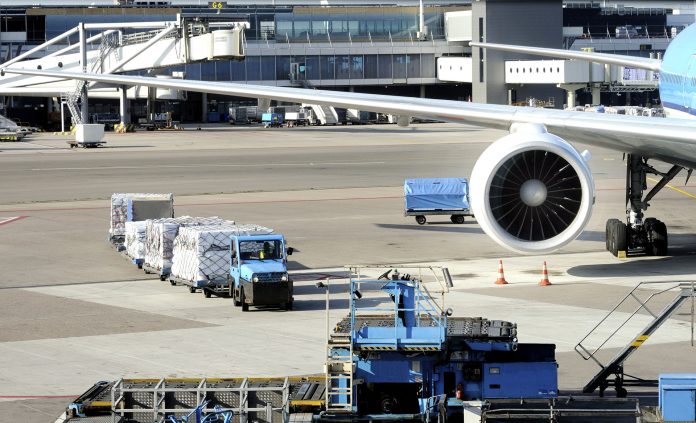In today’s global economy, the movement of goods across borders is vital for businesses of all sizes. Air freight services play a crucial role in ensuring timely delivery, especially for perishable items and high-value goods. To streamline these operations, many logistics companies are turning to air freight software. This article explores what air freight software is, its benefits, key features, and its impact on the logistics industry.
What is Air Freight Software?
Air freight software is a specialized application designed to manage and optimize the transportation of goods via air. It aids logistics companies in handling various aspects of air freight, including booking, tracking, documentation, and invoicing. By automating these processes, air freight software helps companies improve efficiency, reduce errors, and enhance customer service.
Key Features of Air Freight Software
Air freight software typically comes equipped with several key features that facilitate effective logistics management:
- Booking Management: This feature allows users to book cargo space with airlines, manage bookings, and track changes in real-time.
- Tracking and Visibility: With advanced tracking capabilities, businesses can monitor the status of shipments throughout the entire logistics chain, providing greater transparency to customers.
- Documentation Management: Air freight software streamlines the creation and management of essential shipping documents, such as air waybills, customs declarations, and invoices.
- Rate Management: Users can compare rates from different carriers, ensuring they select the most cost-effective options for their shipments.
- Integration Capabilities: Many air freight solutions can integrate with other logistics software and enterprise resource planning (ERP) systems, providing a seamless flow of information across the organization.
Benefits of Using Air Freight Software
Investing in air freight software offers several advantages for logistics companies:
1. Enhanced Efficiency
By automating routine tasks, air freight software reduces the time employees spend on manual processes, allowing them to focus on higher-value activities. This efficiency leads to quicker turnaround times and improved service delivery.
2. Improved Accuracy
Human error is a common issue in logistics operations, particularly in documentation and data entry. Air freight software minimizes these errors by automating data capture and management, resulting in more accurate records and fewer discrepancies.
3. Better Cost Management
With features that enable rate comparison and optimization, air freight software helps companies identify the most cost-effective shipping options. This capability can lead to significant savings, especially for businesses that rely heavily on air freight.
4. Enhanced Customer Experience
The ability to provide real-time tracking information and automated updates improves customer communication and satisfaction. Clients appreciate knowing where their shipments are and when they can expect delivery.
The Role of Air Freight Software in the Logistics Industry
As global trade continues to expand, the demand for efficient logistics solutions grows. Air freight software plays a pivotal role in meeting this demand by providing tools that enhance operational efficiency, reduce costs, and improve service quality. The logistics industry is increasingly relying on technology to adapt to changing market conditions and customer expectations.
Trends Shaping the Future of Air Freight Software
Several trends are influencing the development and adoption of air freight software:
- Increased Use of Artificial Intelligence (AI): AI algorithms can optimize routing, enhance demand forecasting, and improve decision-making processes within logistics operations.
- Cloud-Based Solutions: More companies are opting for cloud-based air freight software, allowing for greater flexibility, scalability, and remote access to information.
- Sustainability Focus: As businesses prioritize sustainability, air freight software is evolving to incorporate eco-friendly practices, such as carbon footprint tracking and optimization of shipping routes to reduce emissions.
Conclusion
In a fast-paced global market, air freight software is an essential tool for logistics companies aiming to enhance operational efficiency and improve customer satisfaction. By automating processes, reducing errors, and providing real-time visibility, this software solution helps businesses navigate the complexities of air freight transportation. As the logistics industry continues to evolve, investing in advanced air freight software will be crucial for companies looking to stay competitive and meet the demands of their customers.








